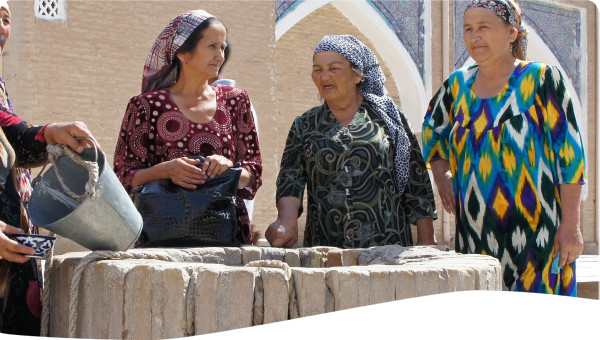Gender mainstreaming involves identifying, and then addressing, gender inequalities throughout all the project stages, from strategy and project design, through implementation, monitoring and evaluation. Since the social norms about gender roles and power relations between men and women affect every aspect of life, including development projects, it is essential to address these issues from the start and throughout the duration of an activity. Gender mainstreaming looks beyond simply targeting women. Instead, it uses gender analysis to consider how people's experiences might vary because of their gender (and other axes of difference); and also to identify the gender gaps in access to and agency over resources, as well as the gendered social norms and values that may affect the solution to a problem.
For non-specialists, gender may sometimes be seen as an abstract concept, the IWRM Action Hub is organised in a way that helps make the concepts of gender and gender mainstreaming more concrete. It does so by offering links and resources for integrating gender into planning, projects, and activities. The B5 Gender Tools will allow the user to see what gender mainstreaming looks like, think through the application of new concepts, and brainstorm ways to improve future programmes using specific examples and cases. The selected resources that accompany the tools will assist agencies, governments, action-researchers, practitioners and policy makers in planning how to integrate gender into their programs and diagnose the extent to which existing programmes integrate gender; and possibly in creating initiatives for catalysing change through participatory and gender-transformative mechanisms and approaches.
 Tool -
Tool -

